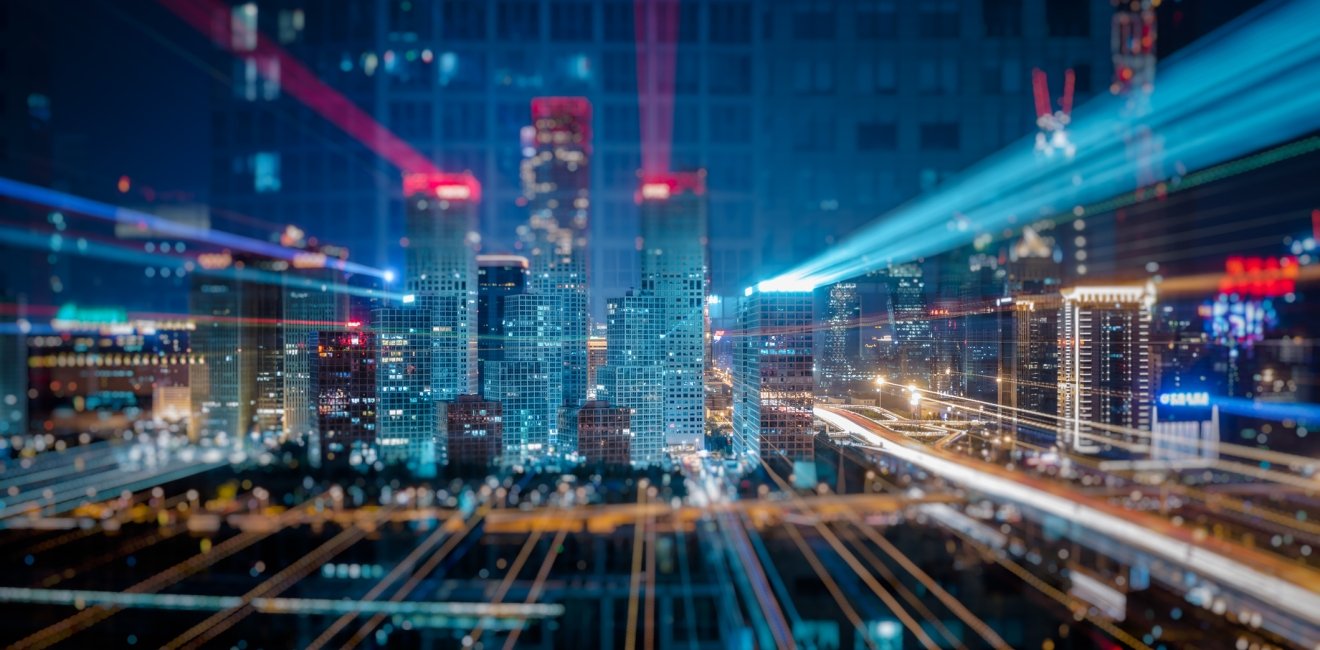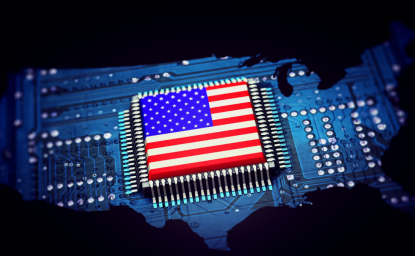At its core, artificial intelligence (AI) optimizes data. Machine-learning algorithms, one component of AI, are trained using massive datasets curated by humans to predict various aspects of our daily lives. Such predictive intelligence could be a positive force amplified by continued decentralization of the technology. Or, ubiquitous cognition and surveillance could be a disruptive force amplified by the unregulated proliferation of AI technologies.
Though we will certainly see more and more AI systems being integrated into every facet of our infrastructures, homes, and bodies, the proliferation of AI technology isn’t the problem. A privacy-security quagmire arises from the interconnectivity of AI systems that optimize every aspect of our lives including our genomes, faces, finances, emotions, and environments. We will no longer be able to hide from the ubiquitous sensory capabilities built into our infrastructure. The convergence of AI, the Internet of Things (IoT), and the related Internet of Living Things (IoLT) will operate in the background of our lives – constantly refreshing. Omnipresent and omniscient data-capture and optimization pose threats to our privacy and security. As a society, our ability is limited to anticipate and mitigate the risks that AI and IoT technologies are creating for our privacy and collective security.







